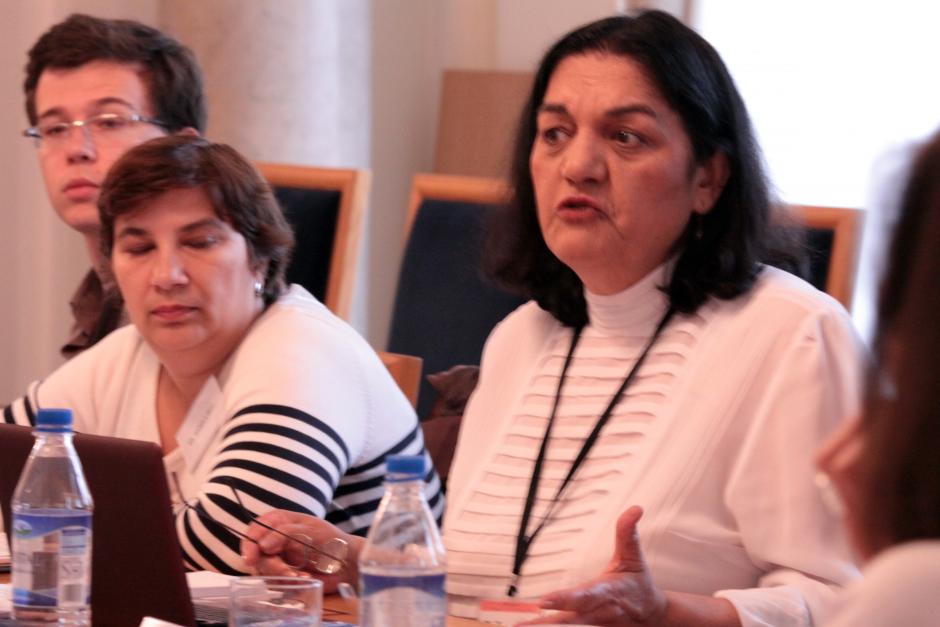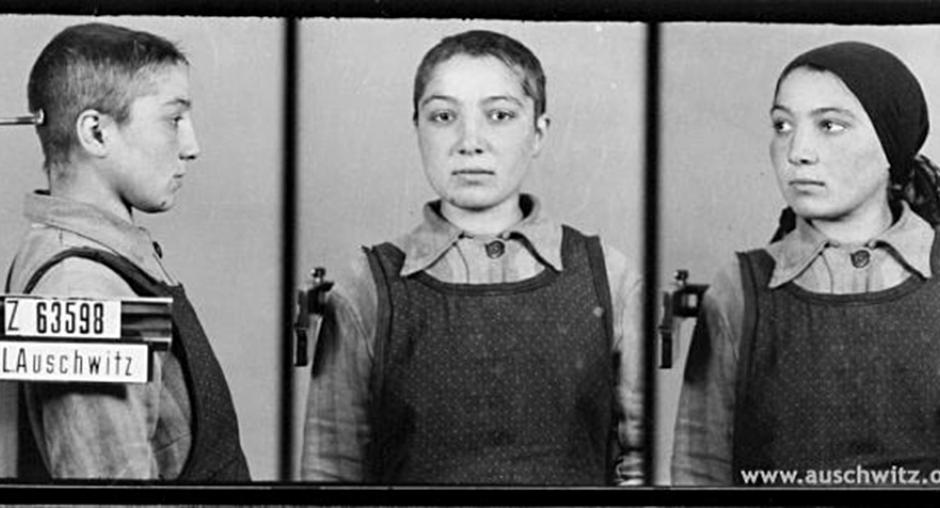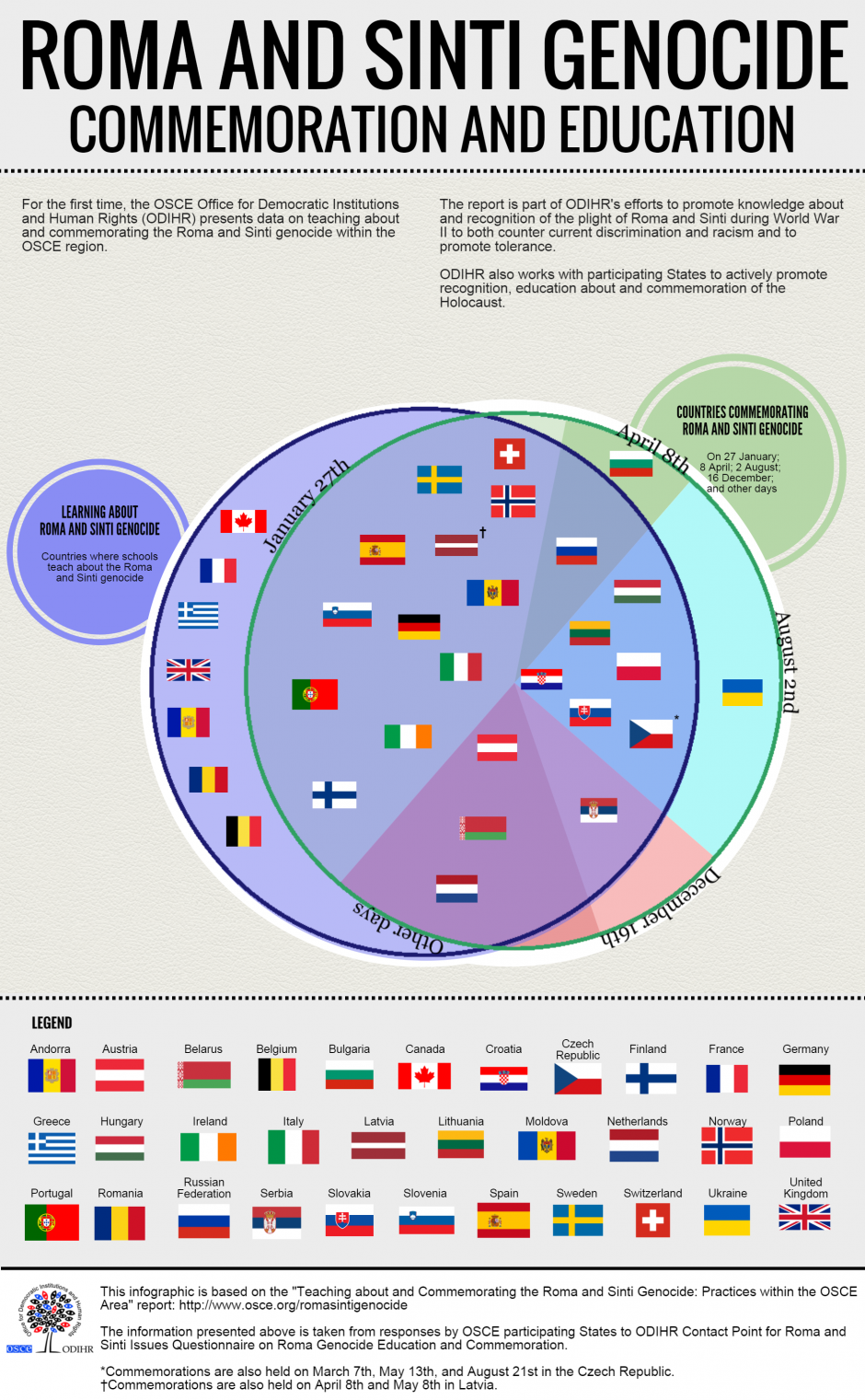Educating about the Roma genocide to counter today’s discrimination
An estimated half million Roma and Sinti perished during the Holocaust. Today, the persecution of Roma under the Nazi rule is widely ignored, reflecting the discrimination and exclusion still faced by Roma and Sinti in our societies today.
In 1990, OSCE participating States recognized the vulnerable position of the Roma and Sinti in the region and committed to promoting their integration into society. In 2003, these commitments were acknowledged in the Action Plan on Improving the Situation of Roma and Sinti within the OSCE Area, which included a commitment to strengthen education about the Roma and Sinti genocide.
Through its Contact Point for Roma and Sinti Issues, the OSCE’s Office for Democratic Institutions and Human Rights (ODIHR) promotes knowledge about and recognition of the plight of Roma and Sinti during the Holocaust to counter present-day discrimination and racism, and to promote tolerance.
 "There is an increase in awareness and recognition of the Roma and Sinti genocide by both officials and civil society organizations," said Mirjam Karoly, ODIHR’s Senior Adviser on Roma and Sinti Issues. "But this is not enough, more efforts in education are needed to allow for meaningful dialogue and reflection on the continuation of old prejudices and how they manifest in patterns of racism and discrimination today."
"There is an increase in awareness and recognition of the Roma and Sinti genocide by both officials and civil society organizations," said Mirjam Karoly, ODIHR’s Senior Adviser on Roma and Sinti Issues. "But this is not enough, more efforts in education are needed to allow for meaningful dialogue and reflection on the continuation of old prejudices and how they manifest in patterns of racism and discrimination today."Read more>>
Seventy years after the liquidation of the so-called ‘Zigeunerlager’ (Auschwitz-Birkenau), where some 23,000 Roma and Sinti were murdered, public discourse still perpetuates old negative stereotypes against these people. In a number of countries in the OSCE region Roma are portrayed as criminals or social outsiders.
Michael Georg Link, Director of OSCE Office for Democratic Institutions and Human Rights (ODIHR)
Read about ODIHR Director’s statement.
Reporting on education and commemoration
In order to establish what education and commemoration practices about the Roma and Sinti genocide exist in the OSCE space, for the first time, ODIHR has published a full report on this topic. The infographic below is based on the newly-released report, Teaching about and Commemorating the Roma and Sinti Genocide: Practices within the OSCE Area, which complements ODIHR’s earlier report Holocaust Memorial Days: An overview of remembrance and education in the OSCE region.
Sharing experiences

We have to get official recognition and teach all children about what has happened to our people.
Agnes Daroczi Roma rights activist and author
In order to discuss experiences and practices educating about the Roma and Sinti genocide, on 2 June 2014, ODIHR hosted an expert meeting where participants noted a series of gaps in education about the Roma and Sinti genocide. These shortcomings included bias and negative perceptions on the part of educators and students, the absence of information about the Roma and Sinti genocide in the education curricula, a lack of teaching materials and a lack of resources to develop them.
The workshop builds on a website launched by ODIHR in 2010, in co-operation with the Council of Europe, dedicated to the Roma and Sinti genocide with the aim of facilitating the exchange of information and activities by participating States in teaching and raising awareness of the Roma and Sinti genocide.
 On 23 April 2015, together with the Living History Forum and Swedish Equality Ombudsman, ODIHR hosted a session at an international seminar on “Educating about the Roma and Sinti genocide – Learning from the past to challenge present discrimination and promote equality”. Read more>>
On 23 April 2015, together with the Living History Forum and Swedish Equality Ombudsman, ODIHR hosted a session at an international seminar on “Educating about the Roma and Sinti genocide – Learning from the past to challenge present discrimination and promote equality”. Read more>>Commemoration
The Roma and Sinti genocide demonstrated what can happen when a prejudicial sentiment becomes an integral part of a states’ legal order and, therefore, the most radical and powerful form of racist ideology. Political leaders must learn from this history in order to combat prejudices and racism in society, especially within governmental institutions that maintain and reproduce the exclusion of Roma and Sinti today.
Romani Rose, Chairman of the Council of German Sinti and Roma
There is increased international awareness of the Roma and Sinti genocide and the need to commemorate it, particularly on 2 August, Roma Genocide Remembrance Day. ODIHR works with community members and activists for its wider recognition. Seven countries indicated that they commemorate this day.
ODIHR Director's statement on the 70th anniversary of “Gypsy camp” liquidation at Auschwitz-Birkenau #RomaGenocide http://bit.ly/UFgxea
Posted by OSCE Office for Democratic Institutions and Human Rights (ODIHR) on Friday, August 1, 2014


